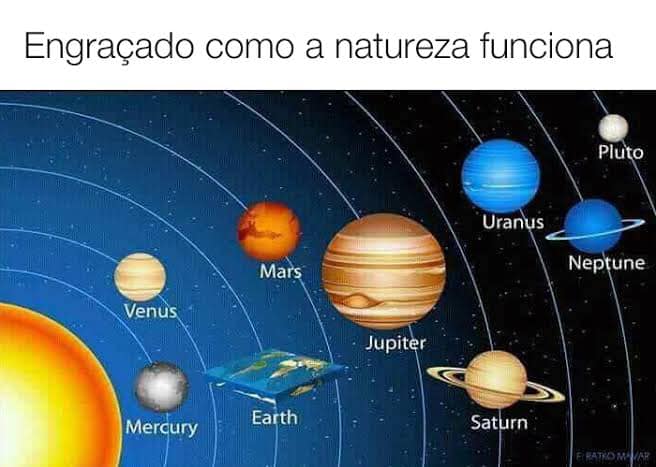Chances of Intelligent Life: The Green Bank Formula
About the Green Bank Formula a scientific formula to figure out the probability of intelligent life on other planets.
THE GREEN BANK FORMULA
How many societies in our galaxy are capable of interstellar communication?
With only one society to talk to--our own--we can make only a crude estimate. In 1961, scientists devised an equation for this purpose, called the Green Bank Formula. It looks like this:
N = R*fp ne fl fi fc L
N = number of civilizations in galaxy capable of interstellar communication.
R* = average rate at which stars develop during lifetime of galaxy.
fp = fraction of stars with planets.
ne = average number of planets, per star, capable of supporting life.
fl = fraction of planets with life.
fi = fraction of planets with intelligent life.
fc = fraction of planets with intelligent life capable of interstellar communication.
L = average lifetime of society capable of interstellar communication.
Assigning numbers to this equation is a so-bering experience. Only one quantity--R*--is known with any certainty. All the others are rough guesses. Very rough. The worst is L, which could vary anywhere from 10 or 20 years to hundreds of millions of years, depending on factors like political stability, natural catastrophes, interest in science, conquest of disease, biological longevity, and supply of food and energy.
Conservatively, scientists believe N might be roughly 1,000, assuming the average society survives in the communicative state (i.e., possesses radio communications technology) for at least 10,000 years. Surviving that long may not seem such an unlikely possibility until you consider that intelligent life on earth has existed in the communicative state for only about 40 years (directional antennas were developed in the 1930s). Since some sectors of humanity were building bombs while others were building radio telescopes, the question arises whether other societies have done the same. If so, communicative lifetimes of 10,000 years may be rare occurrences.
Taking the optimistic view, some scientists postulate that a majority of technical cultures have resolved their ideological differences and have survived for exceptionally long periods. This being so, our galaxy may contain a lot more than 1,000 societies with radio skills. Some calculations put the number at a million. Using such a figure, we find the average separation between civilizations is somewhere between 200 and 500 light-years. That's entirely too much mileage for casual conversation (even by radio), but extremely stable societies could exchange certain types of information across such distances without difficulty.
At the present time, nobody knows which estimate for N is correct--1,000 or 1,000,000. Perhaps neither is right. Everything hangs on L, the toughest piece in the puzzle. If technical societies tend to destroy themselves within a few decades of achieving radio capability, the Green Bank Formula yields the melancholy conclusion that our galaxy may contain only one example of technical intelligence--us. On the other hand, humans may be alone only in the sense that we have not yet joined the galactic community of civilizations using radio (or other means) to share scientific and other data. In time we may gain access to this communication network and in so doing learn for the 1st time how many extraterrestrial neighbors we really have.
http://www.trivia-library.com/a/chances ... ormula.htm





